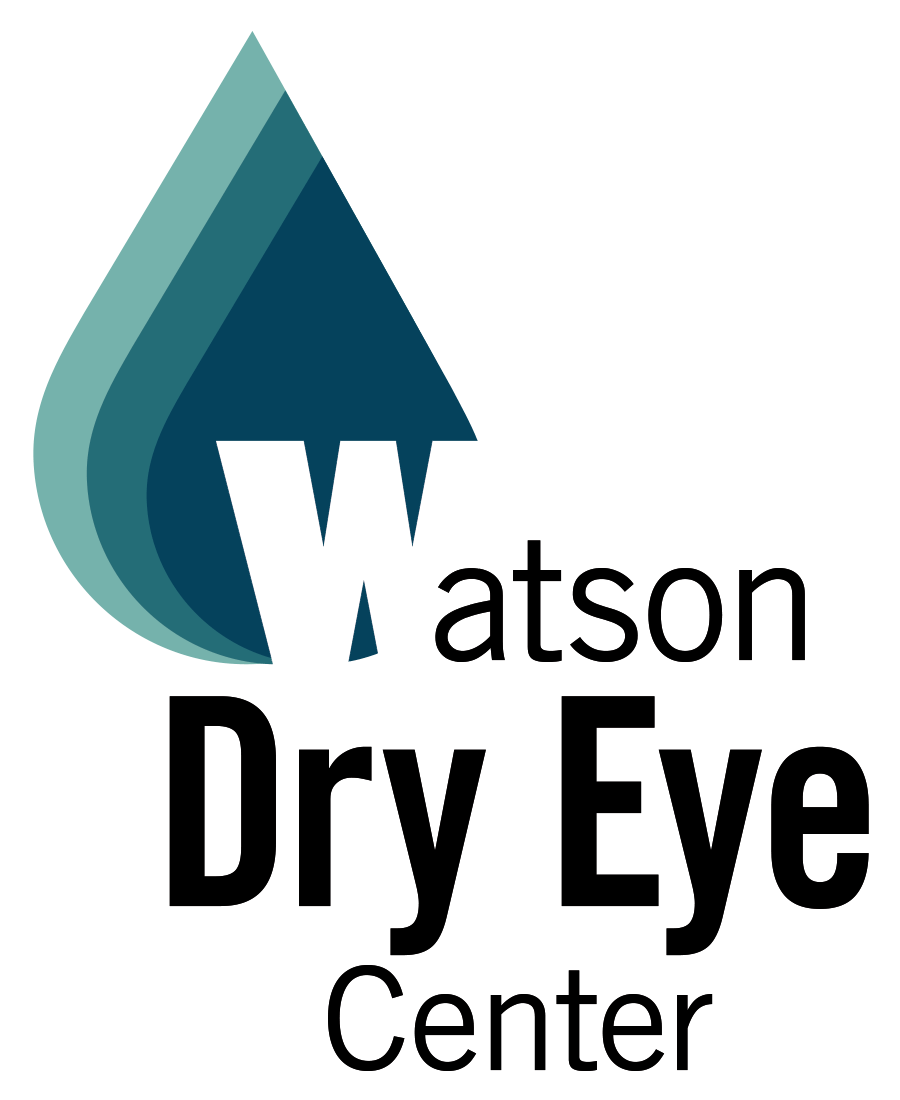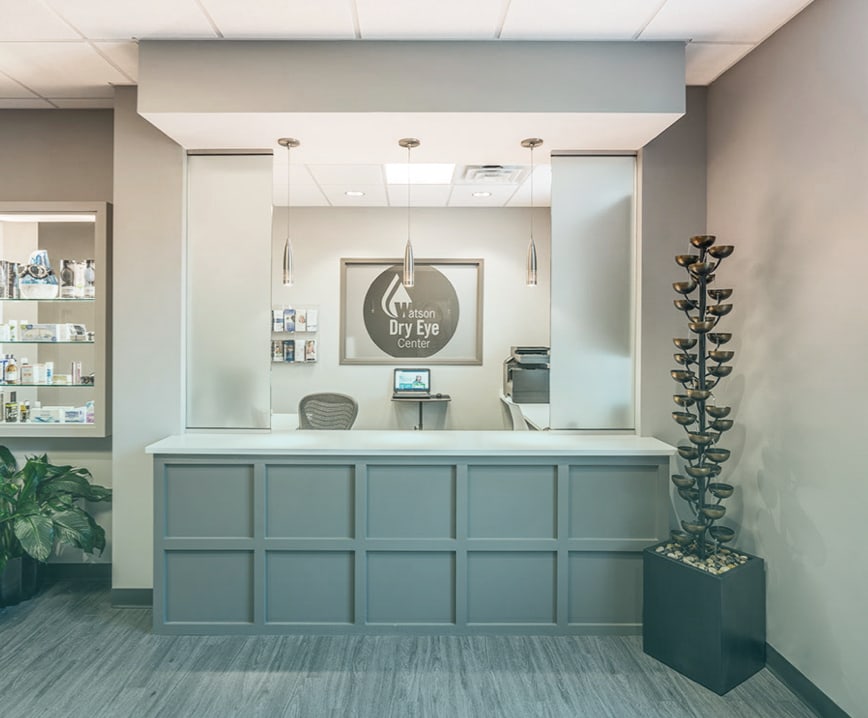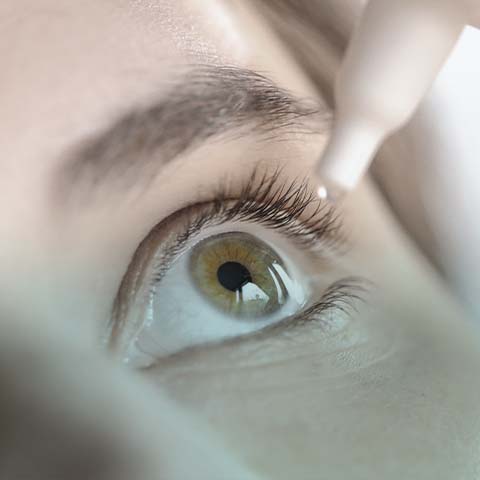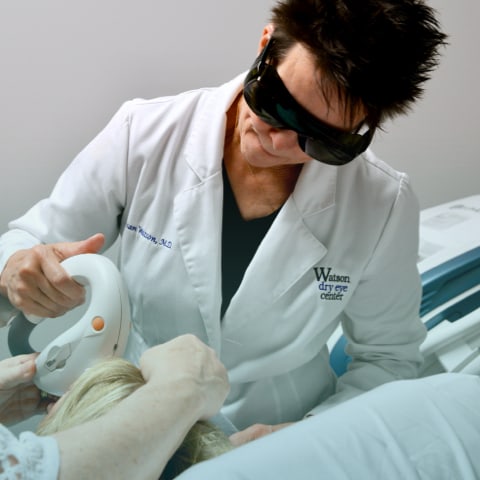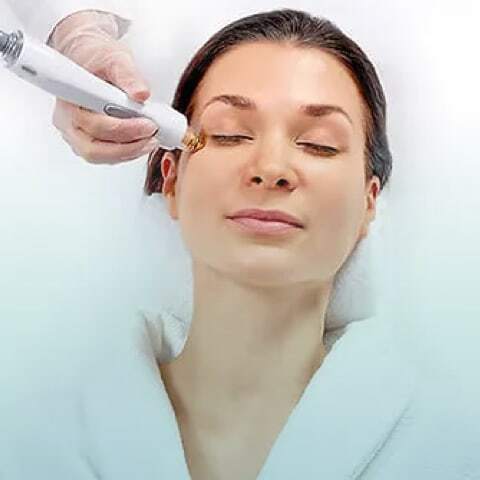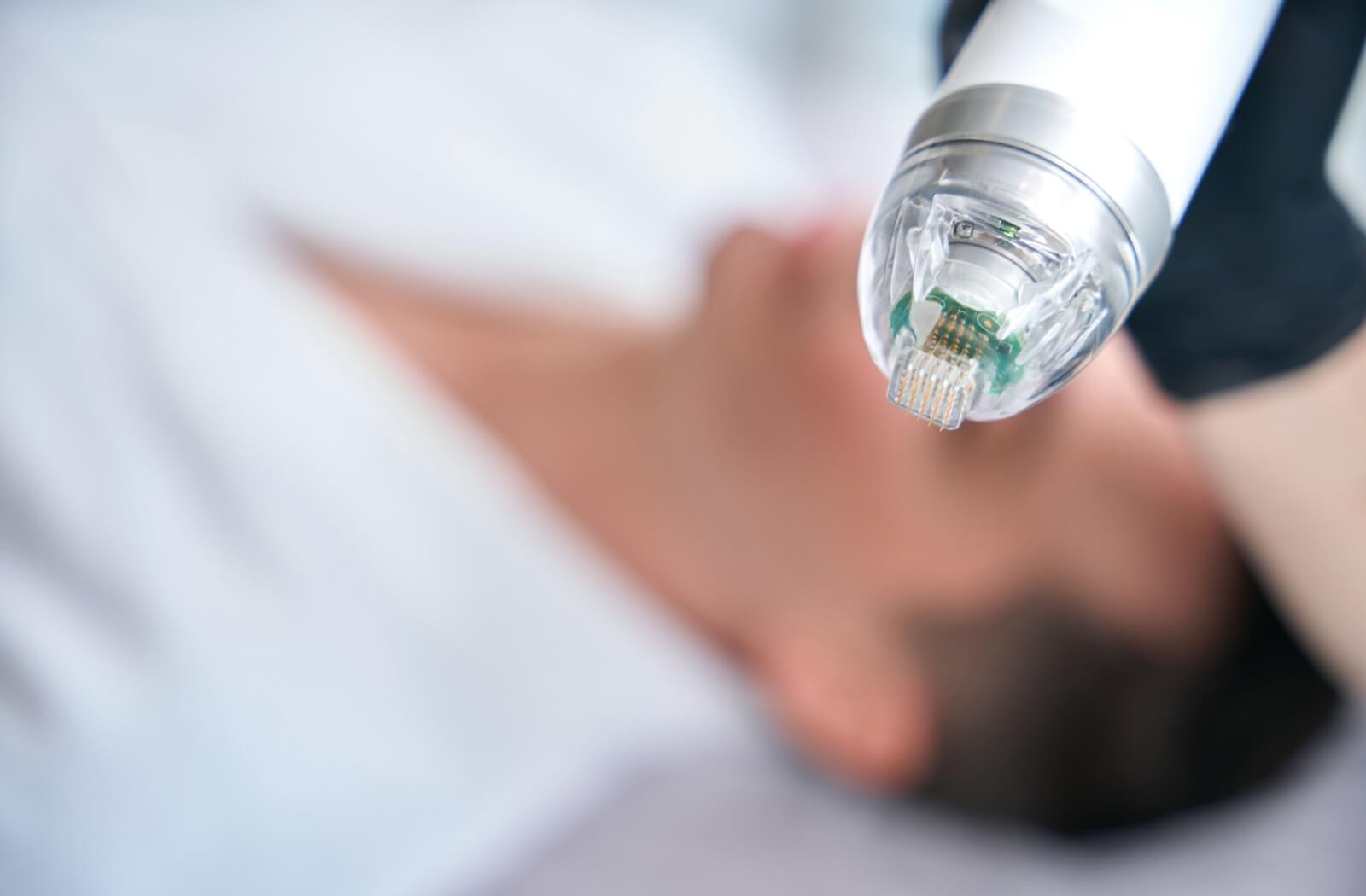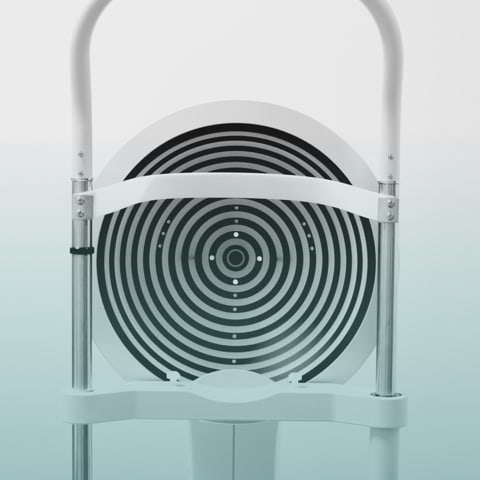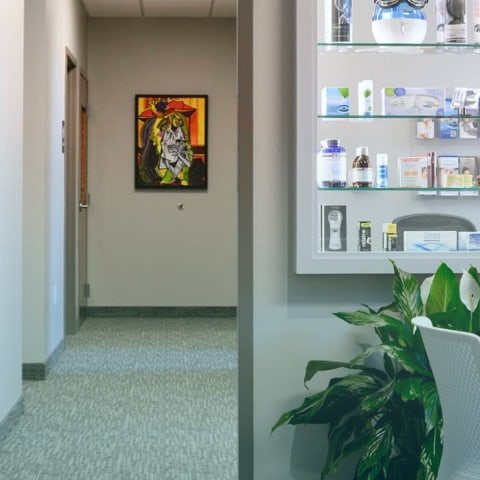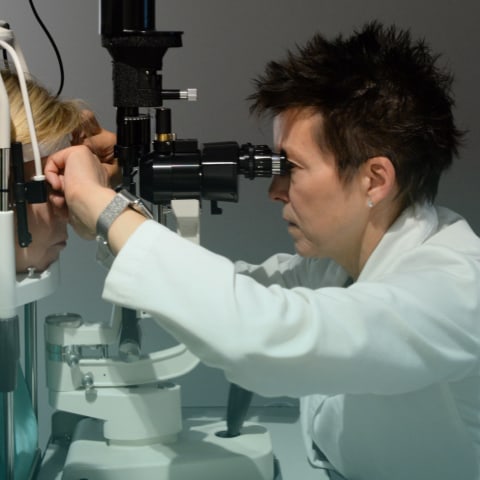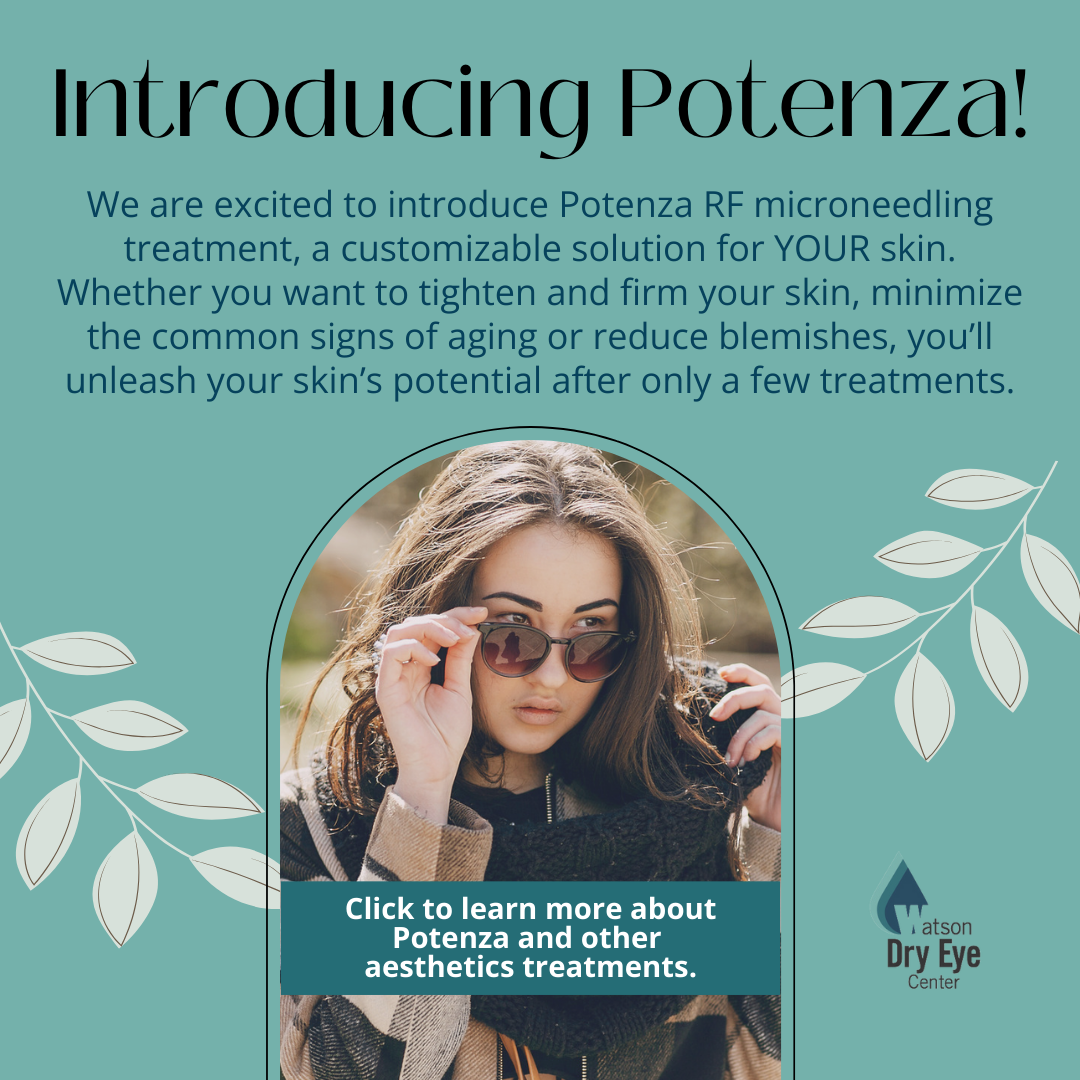Dry eye can be a frustrating condition, causing discomfort, redness, and even blurry vision. If you’ve been struggling with these symptoms, you might have heard of OptiLight, an advanced treatment that uses intense pulsed light (IPL) therapy.
While OptiLight is generally not covered by insurance, coverage can vary depending on your individual plan. In this blog, we’ll dive into the details of OptiLight, its benefits, how it works, and whether it’s covered by insurance, along with other treatment options for dry eye in Raleigh, NC.
What is OptiLight (IPL) Therapy?
OptiLight, also known as intense pulsed light (IPL) therapy, is a non-invasive treatment designed to alleviate the symptoms of dry eye. It uses pulses of light to target the meibomian glands, which are responsible for producing the oil that keeps your tears from evaporating too quickly. When these glands aren’t functioning properly, dry eyes can develop. IPL therapy helps restore proper function to these glands, improving tear film quality and providing long-lasting relief from dry eye symptoms.
Is IPL Covered by Insurance?
While OptiLight is a highly effective treatment for dry eyes, it is important to note that in most cases, IPL therapy is not typically covered by insurance plans. This is because it’s considered an elective treatment rather than a medically necessary one. However, coverage can vary depending on the specifics of your individual insurance policy.
We recommend checking your personal insurance plan for details on whether IPL treatments might be covered. Some plans may offer partial coverage, or you may have the option to file a claim if the treatment is deemed medically necessary.
Benefits of IPL & Reasons to Choose It
Even if your insurance doesn’t cover IPL, it may still be worth considering for its numerous benefits. Here are some of the main reasons why patients choose OptiLight for dry eye relief:
- Quick treatments: IPL sessions are relatively short, usually taking between 15-30 minutes. You can often schedule treatments around your daily routine without significant disruption.
- Long-lasting results: After just a few sessions, many patients experience lasting improvements in their dry eye symptoms, making it a worthwhile investment in your eye health.
- Non-invasive: IPL is a non-invasive procedure, meaning no surgery is required. There’s no need for needles or incisions, and the treatment is safe for most patients.
- Pain-free: Unlike some other treatments, IPL is designed to be as comfortable as possible, with most patients reporting little to no discomfort during the procedure.
Even without insurance coverage, the lasting relief and effectiveness of IPL treatments make it a valuable option for many people. It’s a small price to pay for the comfort and quality of life improvements it offers!
How Does IPL Work?
Intense pulsed light therapy works by emitting controlled pulses of light onto the skin around your eyes. This light helps to reduce inflammation, unblock the meibomian glands, and improve the quality of your tears. When these glands are working properly, they produce the oils that are necessary to prevent tear evaporation and keep the eyes moist.
IPL addresses the root cause of dry eyes—meibomian gland dysfunction (MGD). MGD is a common condition that occurs when the meibomian glands become clogged or inflamed, which disrupts normal tear production. IPL helps restore the function of these glands, leading to better tear film stability and relief from dry eye symptoms.
What to Expect During IPL Treatments
If you’re considering IPL treatment for your dry eyes, here’s what you can expect:
- Consultation: During your initial consultation, your eye doctor will evaluate your symptoms and determine if IPL is the right option for you.
- Treatment: On the day of your treatment, you’ll be given protective eye shields to safeguard your eyes from the light. A cooling gel will be applied to your skin, and the IPL device will be gently passed over the area around your eyes.
- Comfort: Most patients find the procedure comfortable, though you may feel a mild sensation during the treatment. The treatment itself typically lasts about 15-30 minutes.
- Recovery: There is no downtime following an IPL session. You can return to your normal activities immediately after the procedure. Some mild redness or sensitivity may occur, but this usually subsides within a few hours.
- Follow-up: You may need several sessions for optimal results. Follow-up treatments are typically spaced a few weeks apart to ensure the best outcome.
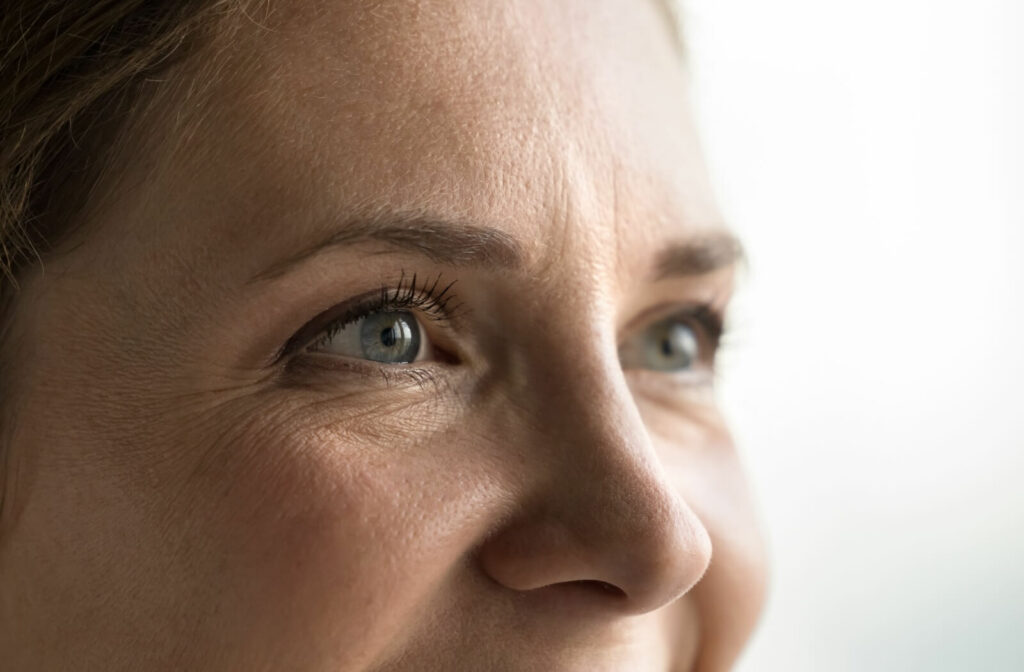
Other Options for Dry Eye Treatment
Here are a few alternatives to IPL therapy that may also help in the treatment of dry eye:
- LipiFlow: A thermal pulsation system that helps relieve meibomian gland dysfunction by applying gentle heat and pressure to the eyelids.
- TempSure Envi: A radiofrequency treatment that improves tear production and reduces inflammation.
- BlephEx: A procedure that involves the cleaning of the eyelids to remove debris, bacteria, and inflammatory markers.
- Prescription Eye Drops: Specialized eye drops can provide relief from inflammation and improve tear production.
Like IPL, some of these treatments may or may not be covered by insurance, so it’s important to check your plan for specifics.
Looking for Dry Eye Relief in Raleigh?
Dry eye relief is possible, and OptiLight (IPL) therapy is one of the most effective and non-invasive treatments available. Although IPL is often not covered by insurance, the benefits and lasting results make it a worthwhile investment for many patients.
If you’re struggling with dry eyes, schedule a consultation at Watson Dry Eye Clinic to explore your treatment options. Our team is here to answer your questions, provide personalized care, and help you find the best solution for your needs. Book an appointment today for dry eye relief!
